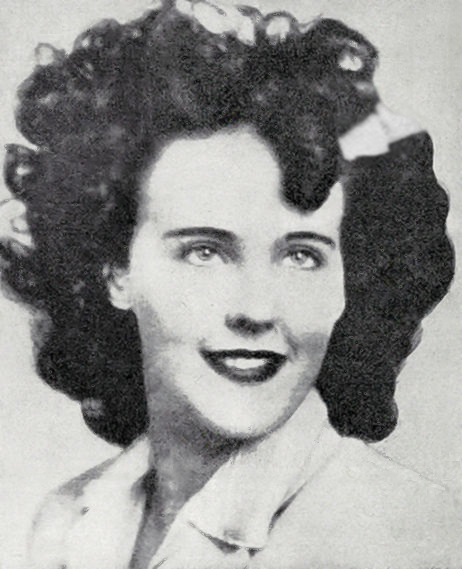
Word of the Day: Superannuated
Today’s word of the day comes courtesy of Word Genius, and it is the adjective superannuated (actually, it was their word of the day yesterday, but I was not feeling well and did not get this written, so it became today’s). Superannuated means “outdated or obsolete,” according to Word Genius. According to www.dictionary.com, it also means “retired because of age or infirmity” or “too old for use, work, service, or a position” or “antiquated.” The emphasis is on the third syllable: / ˌsu pərˈæn yuˌeɪ tɪd /.
According to www.etymonline.com, the word enters the English language at the height of interest in “ink horn” terms,” in the “1630s, ‘obsolete, out of date;’ 1740, ‘retired on account of old age,’ from Modern Latin superannuatus, alteration (perhaps by influence of annual) of Medieval Latin superannatus (which meant ‘more than a year old’ and was used of cattle), from Latin super ‘beyond, over’ (see super-) + annus ‘year’ (see annual (adj.)). Earlier in same sense was superannate (c. 1600), from Medieval Latin superannatus.” It’s interesting to me that it technically means “over one year old,” but it has come to mean “out of date.” Still, in certain academic disciplines, like computer science, the “more than one year old” is pretty much the same as “out of date” when it comes to scholarly research.
Yesterday, on January 8, we marked the first publication of what is purported to be the oldest continually published newspaper in the world, the Haarlems Dagblad, which, under another title, the “Weeckelycke Courante van Europa (Weekly Newspaper of Europe),” began published as a weekly in 1656. It started publishing as a weekly, moved to publishing 2 or 3 days a week, for a while published as a monthly, was forced to merge with Haarlems Dagblad, another newspaper, by the Nazis, and continues to publish under the latter name today. Over 350 years is a long time (https://en.wikipedia.org/wiki/Haarlems_Dagblad).
On this date in 1847, the first subscriptions of the California Star newspaper were first delivered. The California Star was published by Sam Brannan, one of the first English-speaking settlers of the area of California that would later become known as San Francisco. He and other Mormons sailed from New York to California, a distance of approximately 24,000 miles, and landed in the bay area. On the ship, Brannan brought along a variety of “modern” inventions, including a Franklin portable printing press. He actually printed his first paper in October of 1846, but the subscription delivery did not begin until January. The California Star became the voice of San Francisco and the Gold Rush after gold was discovered in 1849 (https://www.californiastar.com/about.html).
On this date in 1947, Elizabeth Short was seen alive for the last time, except by her killer. Her body was found, severed in half, on January 15. The coroner determined that she had been dead for less than 24 hours at the time of her discovery. The case was dubbed, by the local newspapers, like The Los Angeles Herald-Express and The Los Angeles Examiner, the Black Dahlia, after the film The Blue Dahlia, a film noir movie written by Raymond Chandler which came out in 1946.
Here is a passage from the wiki on Elizabeth Short’s murder: “Immediately following Short’s identification, reporters from William Randolph Hearst’s Los Angeles Examiner contacted her mother, Phoebe Short, in Boston, and told her that her daughter had won a beauty contest. It was only after prying as much personal information as they could from Phoebe that the reporters revealed that her daughter had in fact been murdered. The newspaper offered to pay her airfare and accommodations if she would travel to Los Angeles to help with the police investigation. That was yet another ploy since the newspaper kept her away from police and other reporters to protect its scoop. The Examiner and another Hearst newspaper, the Los Angeles Herald-Express, later sensationalized the case, with one article from the Examiner describing the black tailored suit Short was last seen wearing as “a tight skirt and a sheer blouse”. The media nicknamed her as the “Black Dahlia” and described her as an ‘adventuress’ who ‘prowled Hollywood Boulevard’. Additional newspaper reports, such as one published in the Los Angeles Times on January 17, deemed the murder a ‘sex fiend slaying’.”
I don’t know about you, but after reading about how the Los Angeles papers treated Elizabeth Short and her mother, I’m really kind of glad that the entire newspaper industry, which was been around for over 350 years, is finally superannuated. Newspapers have always had great power to affect public opinion. What many newspaper people have not understood is that, as the saying goes, with great power comes great responsibility.
The image is “Extracted from a police bulletin distributed by the Los Angeles Police Department, accessed on the official website for the U.S. Federal Bureau of Investigation. Dated from 15 January 1947, the day Ms. Short’s body was discovered in Los Angeles County.”